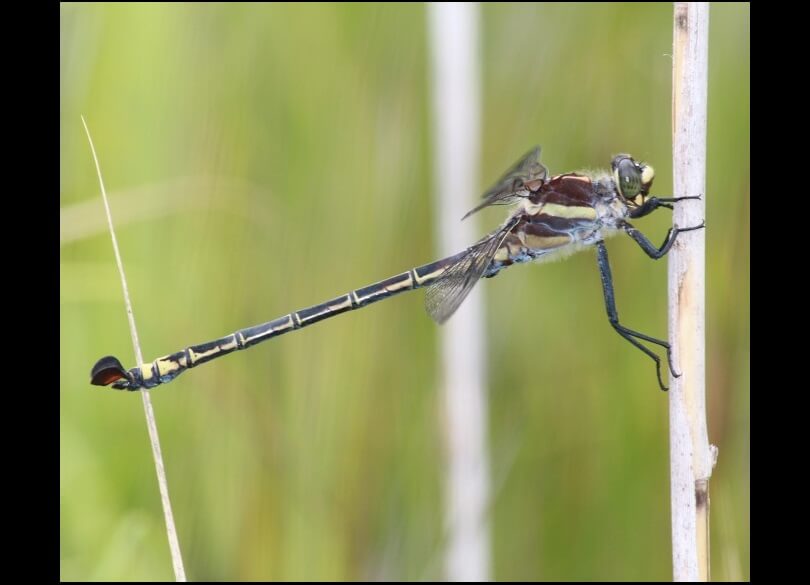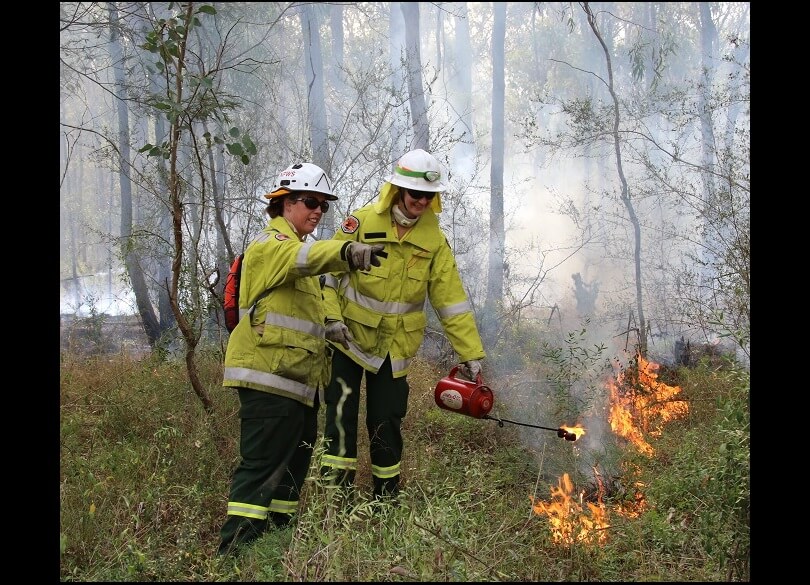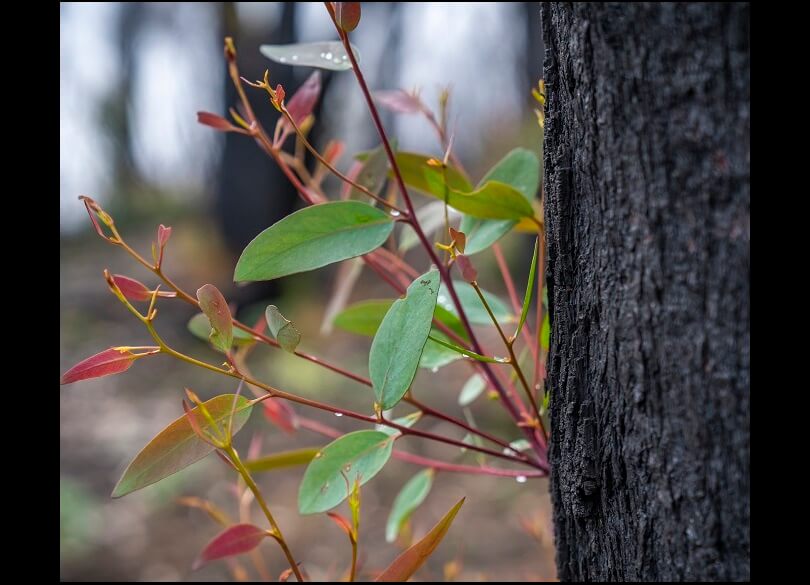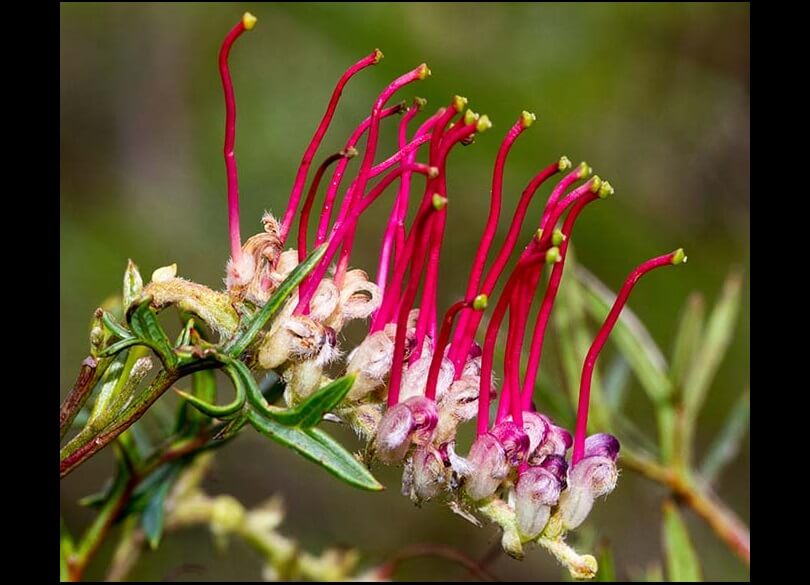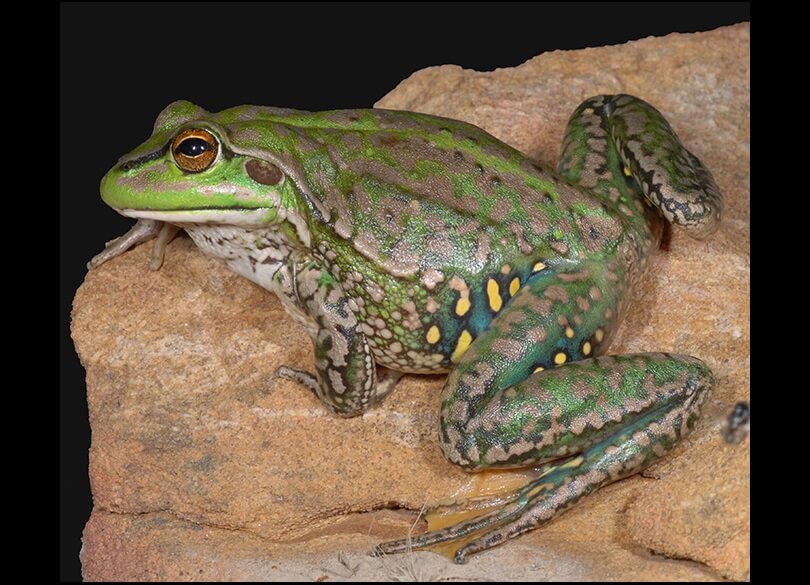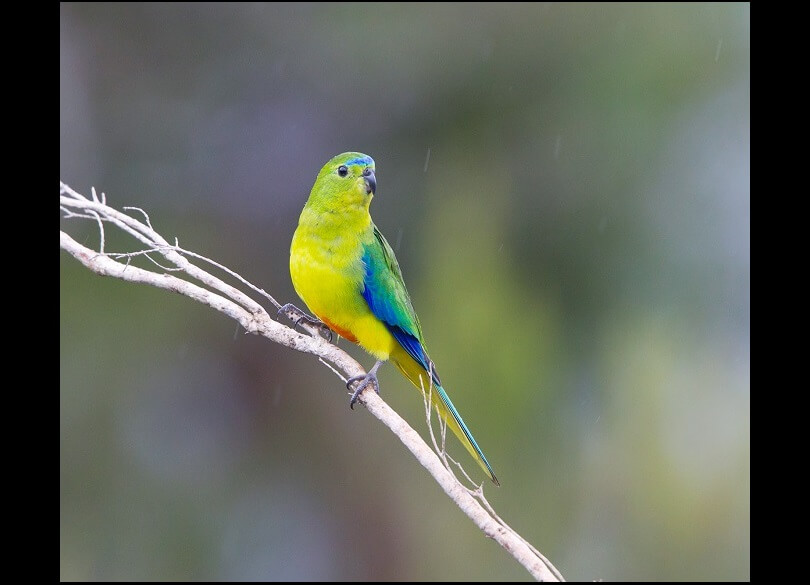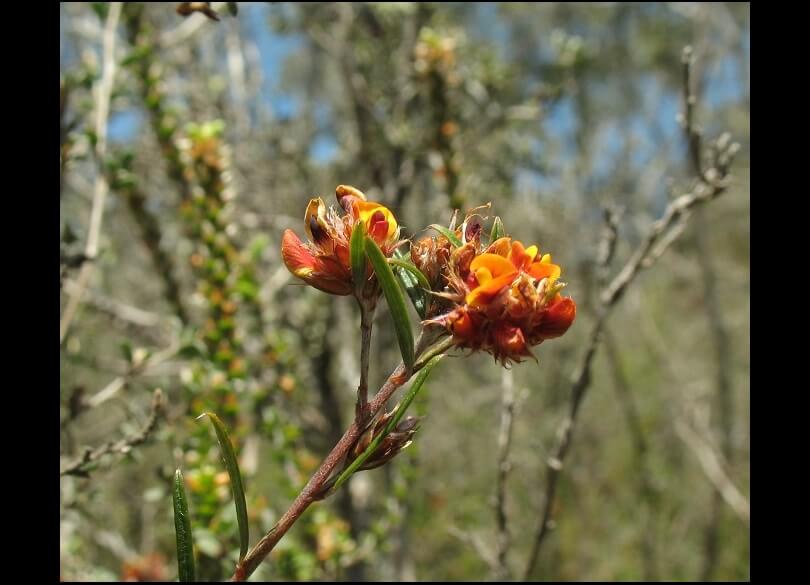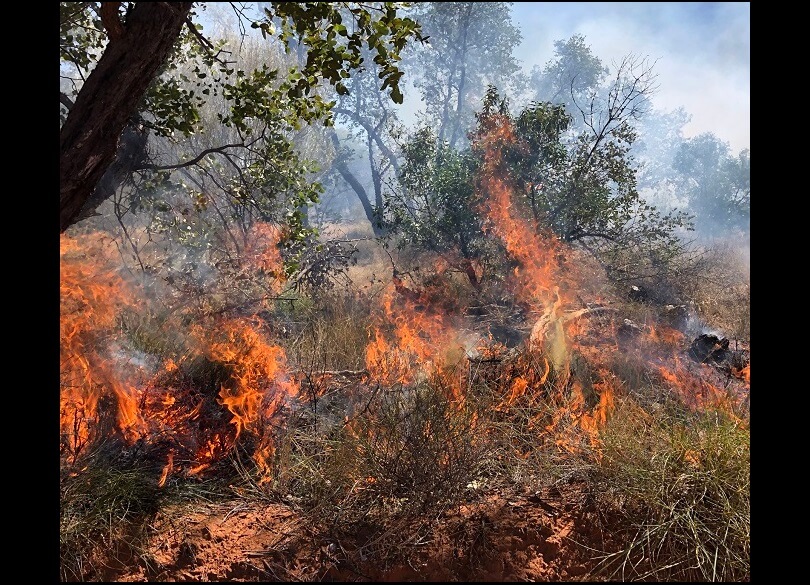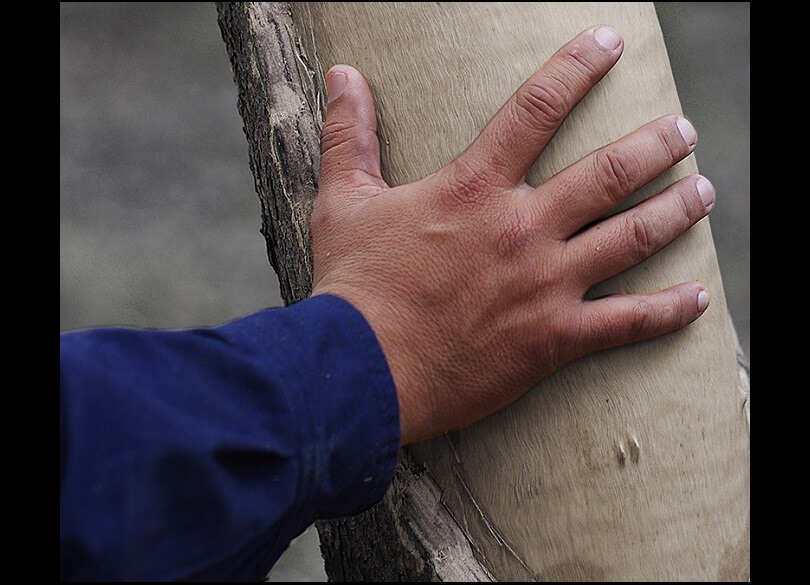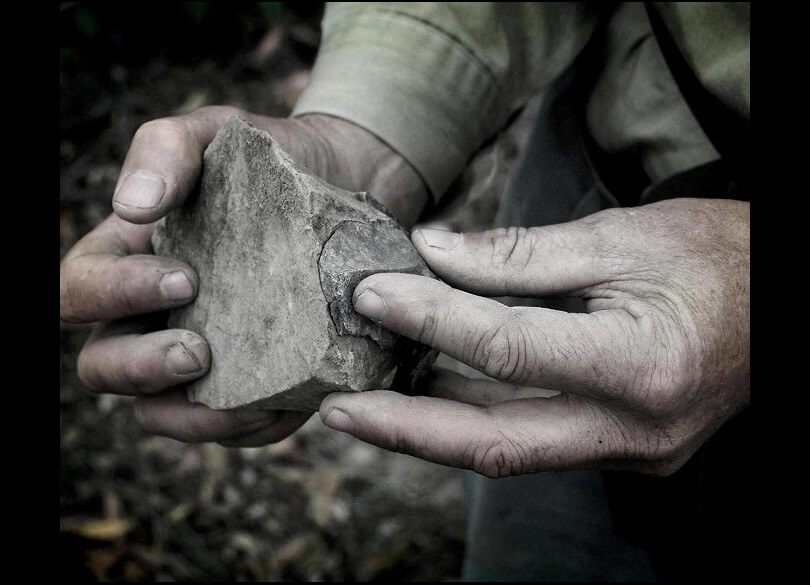The Applied Bushfire Science Program addresses key recommendations from the 2020 NSW Bushfire Inquiry relating to ecosystems, recognition of Aboriginal cultural knowledge, and impacts of fire on Aboriginal cultural values. The program also advances New South Wales's capacity to lead critical bushfire research.
The NSW Bushfire Inquiry was established after the 2019–20 Black Summer, when 11,774 bushfires were recorded over 9 months. The area burnt was 4 times larger than previously recorded, covering 5.52 million hectares or 7% of NSW land.
The Inquiry made 76 recommendations, of which recommendations 3, 5, 19, 26 and 36 are directly relevant to the Applied Bushfire Science Program.
A team of Applied Bushfire Science Program scientists is working with partners to respond to 5 key recommendations of the 2019–20 NSW Bushfire Inquiry.
The scientists work within the department, which is responsible for bushfire research and response to Bushfire Inquiry recommendation 36:
- Recommendation 36 – Long-term ecosystem and land management monitoring/modelling, improved understanding of ecosystem health and impact of bushfire disturbances.
The department also contributes to the following recommendations:
- Recommendation 3 – Developing national fire databases, evaluating fire suppression and hazard reduction, improved understanding of climate/weather trends and fire regimes.
- Recommendation 5 – Establishing a centre of excellence for bushfire research, technology development and commercialisation.
- Recommendation 19 – Quantifying bushfire risk/residual risk and increased research to inform more effective bushfire risk management planning.
- Recommendation 26 – Adopting a coordinated approach to the integration of Aboriginal land management practices into bushfire programs.
The program is updating the ecological research and guidelines that directly influence fire planning and policy. An important focus includes establishing a central point of information for managing fire risk for native plants, animals and Aboriginal cultural values across the state.
It also includes collecting foundational data to better manage fire risk for environmental and cultural values, informed by science and knowledge.
The program is working with Aboriginal knowledge holders to understand fire impacts on cultural values and empower Aboriginal peoples' input to the fire planning process.
A team of department scientists has begun to seek input from colleagues across government, research and private sectors, environmental groups, citizen scientists, and Aboriginal communities. Together, they will build an understanding of existing data on species' responses and cultural values to fire and identify knowledge gaps.
They have begun gathering information and establishing case studies to support evidence-informed prescribed fire mitigation strategies, backed by adaptive monitoring. This includes reviewing and improving existing tolerable fire intervals – the burn frequency limits applied across New South Wales to conserve biodiversity and, in particular, to minimise risks to threatened species.
Research will help answer important questions for land managers and custodians. Examples include:
- What fire management regime is best for a particular species?
- How can we best manage fire risk in relation to cultural values?
Where questions cannot be answered with existing data, the program will conduct research to fill knowledge gaps and guide land managers on how to establish their fire management activities to feed new data into the framework.
Key projects within the Applied Bushfire Science Program
The tolerable fire intervals project in the Applied Bushfire Science Program responds to recommendations of the 2020 NSW Bushfire Inquiry. This includes the recommendation to invest in long-term ecosystem and land management monitoring, forecasting, research and evaluation.
The project will increase the knowledge and capacity of land managers to make evidence-informed decisions.
The team is reviewing the existing tolerable fire intervals developed in 2003, which focus on responses of key plant species to fire frequency.
These guidelines are designed to inform fire managers of the minimum and maximum time intervals between fires that should be applied to an ecosystem to prevent species loss. They are based on the time taken for the most sensitive plant species in a formation to reach reproductive maturity, and an indicator of their ability to persist through fire events.
The team is also working to include responses of habitat and the effects of other fire regime elements into assessments of tolerable fire intervals.
To accomplish these updates, models are being developed that relate species fire responses to fundamental climatic drivers. This will facilitate the long-term goal of using the models to predict future changes in post-fire recovery due to climate change.
A key recommendation of the 2020 NSW Bushfire Inquiry was to invest in long-term ecosystem and land management monitoring, modelling, forecasting, research and evaluation.
The objective is to better understand the impact of fire and other disturbances and to enable an adaptive management approach.
This project will set up a network of monitoring sites to collect baseline information to evaluate the effectiveness of tolerable fire intervals. Case studies will be used to help improve the scale and suitability of these intervals.
The network will also help monitor trends in bushfire impacts and contribute to understanding of fire regime influences on vegetation and habitat for fauna.
The threatened species project in the Applied Bushfire Science Program identifies and fills knowledge gaps for listed plants and animals.
Different species and groups of plants and animals vary in their tolerance to fire, yet there is currently very little available information on how this tolerance varies.
Current guidelines – such as those provided in the Threatened Species Hazard Reduction List in the Bush Fire Environmental Assessment Code – inform hazard reduction activities but are sometimes too broad to represent species' capacities to withstand fire disturbance.
New models will incorporate data from a range of sources to create threatened species fire risk profiles. These profiles will allow managers to consider all components of the fire regime when planning hazard reduction or incident response actions.
Newly acquired data will be compiled with existing data into a central point of information on plant and animal fire responses in New South Wales. This will be set up to allow continual updates as new information becomes available, and to minimise inconsistencies between bushfire risk mitigation plans.
The Applied Bushfire Science team will develop approaches to include traditional ecological knowledge in the tolerable fire intervals project and threatened species project, to improve the overall environmental knowledge from both western and Aboriginal perspectives into bushfire risk management and planning.
Through a community-led approach, they will also establish foundational data sets for many other cultural values, and options for cultural fire management practices to mitigate fire – enabling bushfire risk planning that considers cultural needs.
Working closely with the National Parks and Wildlife Service Bushfire Risk and Evaluation Team and Fire and Incident Operations Branch the Applied Bushfire Science team will fill knowledge gaps, including on the exposure of values, their vulnerability, significance, and recovery in relation to fire.
The team will then apply the best available science, data and spatial modelling tools to explore and assess the impacts of different fire and land management scenarios to help fire planners optimise risk management activities for environmental and cultural values.
The project aims to reduce the complexity of the environmental and cultural information provided by the department to fire managers even as more comprehensive data becomes available.
The Applied Bushfire Science Program prioritises planning, integration, communications and evaluation of new and existing bushfire science knowledge. It ensures that the most up-to-date and available knowledge from the program reaches fire planners and policy makers, positioning the program for long-term continuity.
The program also established and administers the NSW Bushfire and Natural Hazards Research Centre.
Launched in 2023, the NSW Bushfire and Natural Hazards Research Centre builds on the research undertaken by the NSW Bushfire Risk Management Research Hub. It is a state-focused collaboration between the NSW Government, research institutions, land and emergency management agencies and Aboriginal knowledge holders. It brings together response agencies, policy makers, and public land managers with universities, to co-design research that benefits NSW communities and the environment.
Western Sydney University leads the research program with research partners: the University of New South Wales (UNSW), University of Wollongong (UoW), University of Tasmania (UTas), University of Melbourne (UMelb) and the Australian National University (ANU). The knowledge exchange is led by a team within the Applied Bushfire Science Program at the Department of Climate Change, Energy, the Environment and Water, to drive the translation and application of the research outcomes into new policy and practice.
Contact the Applied Bushfire Science Program team
If you would like more information, please contact the Applied Bushfire Science Program team using this form.
The information you provide in this form will only be used for the purpose for which it was collected. By submitting, you consent to storage, use, and disclosure of your personal information in accordance with our privacy policy. You can request access and amendment of your personal information.
